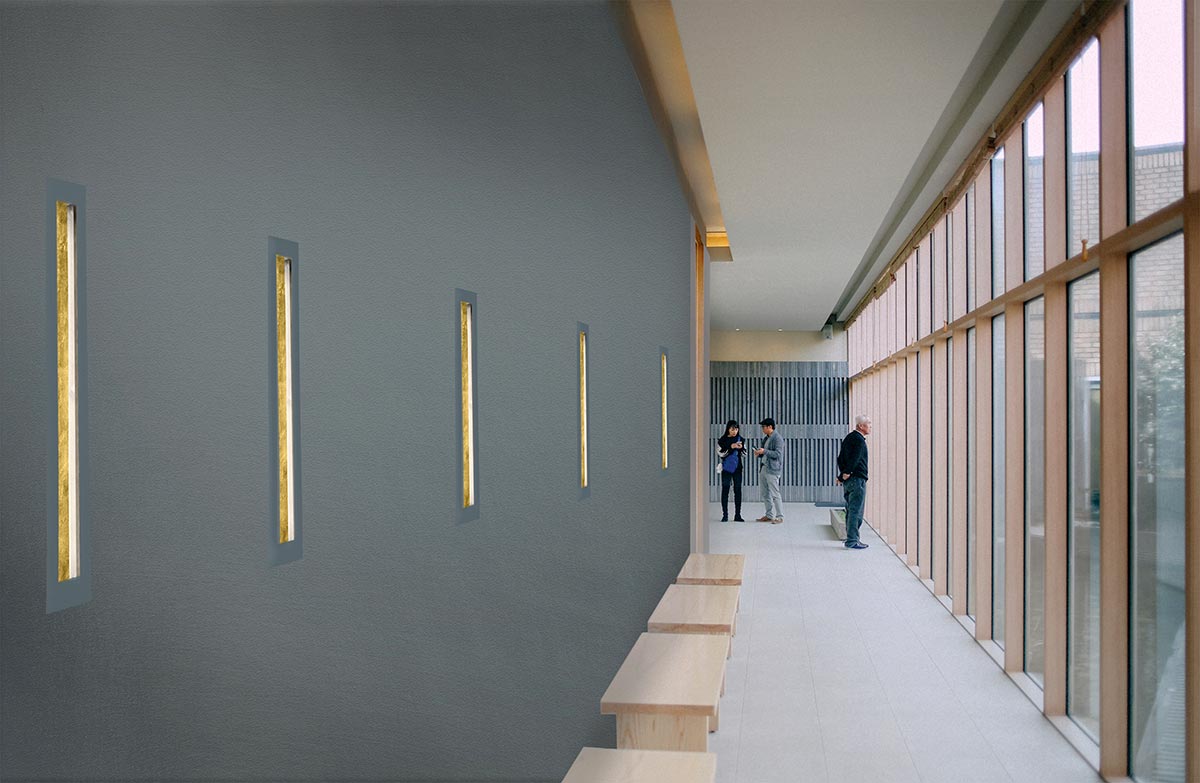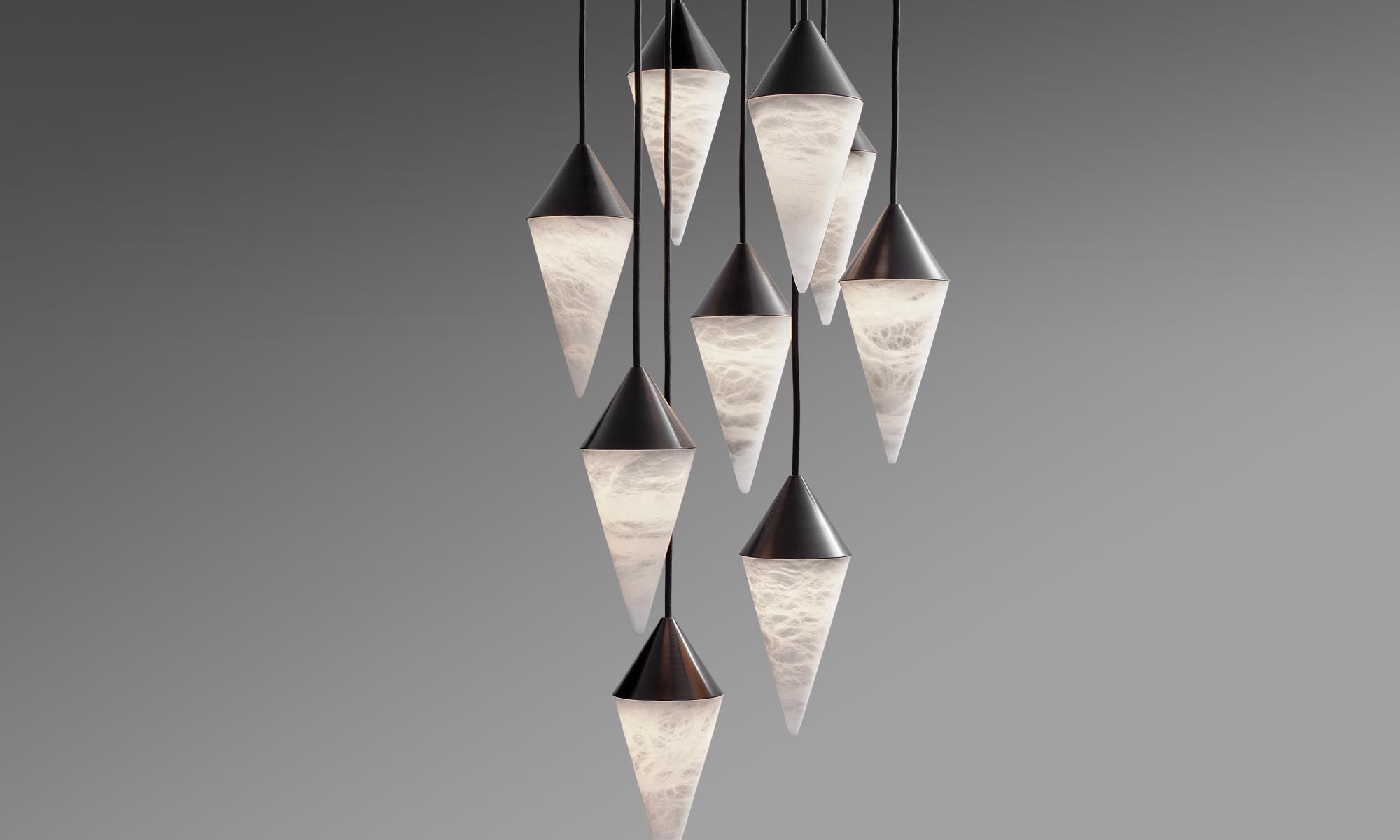Lighting contributes to a successful space design as any other given architecture components such as furniture or floor treatments for example. With this in mind, you will want to light your spaces with purpose, comfort, and a sense of longevity in mind.
Let us consider a few architectural indoor lighting fundamentals
First, we must recognize that light truly brings light to architecture. Therefore, we should consider the choice of light as equally important. Just as you choose furniture with care and an eye for design and style, quality, and durability – you want to apply those attributes to your choices of lights and light sources as well.
Light delivers the added dimension that it creates an emotional reference to a space perceived or seen, and perhaps even relates back to a past experience. How?
Just think of candlelight for example. Notions of a warmly lit space with a festive atmosphere surrounded by family and friends pop to mind right away.
Setting a light mood
Today’s integrated LED light engines and effortless control schemes allow you to adjust and set any desired light output; whether it is candlelight or daylight. A light mood that can create a morning experience, or remind us of times sitting by the window at dusk enjoying a glass of wine.
Of course, spaces, such as an office, your bathroom, kitchen, or public space, require an output appropriate for a specific task. Here though as well one should layer in the light on a functional as well on a visual, perhaps even a visceral level. The correct lighting can create surfaces that are rich and beautiful.
Function of architectural indoor lighting
By function, one must refer to the quality of delivered light – correct brightness and color temperature that delivers the “right” light. When done well, this creates a beautiful dance of the various intensities of light that engage with your space by either high lighting, or bathing the components of your architecture in the right amount of light – or by discretely injecting dark spaces as equal participants to that dance; a layered scheme aimed to please.
Creating cohesive architectural indoor lighting
Certainly, there are guiding formulas for the amount of light, position and quantity of fittings in a given space – great guidelines by any measure. In the end, this is a personal choice that requires a little introspection to determine what works best for you.
Ultimately when one thinks about architecture, furniture or lighting, for any given space, consider visualizing how these elements patina and age. Just as we desire to age with grace, so should our spaces and their components. Equally, our effortless interactions to direct the light to our needs and moods create experiences of belonging and purpose.
To realize this vision requires a holistic view of a space that values all its components as equal contributors creating lasting and harmonious environments of comfort. Contact Boyd Lighting to learn more about our artisan lighting products and allow us to help you realize your ideal architectural indoor lighting design plan.

